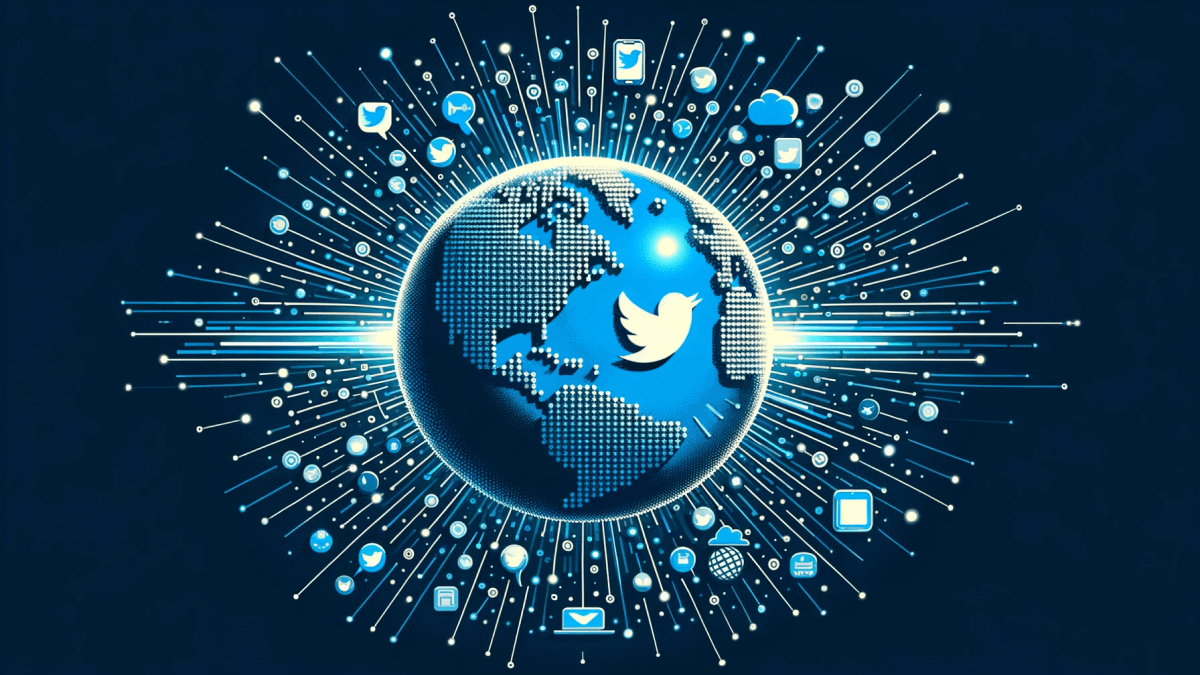## News / Update
The AI landscape continues to advance with major industry announcements. OpenAI has expanded access to GPT-5, including a temporary free offering for Cursor users and the reintroduction of GPT-4o for Plus subscribers after prior removal. Princeton launched the CITP Technology Fellows program to infuse technical expertise into government, and Cohere Labs announced Catalyst Grants to power impactful projects focusing on education, healthcare, climate resilience, and language preservation. LangSmith Playground now supports GPT-5 with integrated cost tracking, while Nvidia’s leadership story draws attention for its unconventional talent pipeline. In academia and open-source, Hugging Face introduced publication listings to bolster researcher visibility, and stacks of Pull Requests are improving AI agent collaboration at scale. Meanwhile, tech infrastructure trends highlight Cohere North’s hybrid approach as AI scaling faces new limitations.
## New Tools
Recent launches bring a suite of novel AI tools to the developer and creative communities. The gpt-oss-20b model promises high-quality, efficient performance ideal for production needs. Genie3 offers immersive experiences inside renowned artworks, and Cartwheel’s upgraded video-to-animation tool now translates finger movements into lifelike character animation. Researchers, particularly academics, can now showcase their work more prominently through Hugging Face profile updates. Cyber-Zero introduces state-of-the-art open-source cybersecurity agents, and new rubric-based evaluations have brought transparency and reproducibility to TTS model grading. Automated customer service is advancing rapidly with production deployments of Retrieval-Augmented Generation via Weaviate, significantly reducing response times.
## LLMs
Large language models remain at the forefront of AI research and product development. GPT-5 sets new records, outperforming previous models (such as o3-pro) on benchmarks like WeirdML, and delivers state-of-the-art results on the MMMU multimodal benchmark, though humans still outperform AI. Notably, GPT-5 breaks from OpenAI’s previous exponential compute scaling strategies, signaling a strategic shift towards faster iteration and future scalability over mere scale. The model is now available in multiple configurations (mini, nano) and platforms, with advanced cost tracking and a premium tier for real-time, low-latency applications. Kimi has emerged as a close rival to GPT-5, marking intense competition at the frontier, while Grok-4 tops LisanBenchV2 rankings above GPT-5. Qwen Coder’s rise as Anycoder’s default model, and the introduction of new agent training methods without runtime, continue to diversify the ecosystem. However, rigorous analysis reveals persistent challenges, with LLMs still making educated guesses on math proofs and fascinating oddities present in model training data.
## Features
Major updates are delivering enhanced capabilities to existing AI products. OpenAI’s release of custom tools now allows for granular parameter constraints through regex and grammar rules, seamlessly integrating with frameworks like LangChain and LangGraph. Claude Code’s improvements enable developers to run jobs in the background, receive real-time log updates, and automatically diagnose crashes. The latest GPT-5 update increases its iterative reasoning limits, enhances performance when prompted to “think harder,” and restores access to prior models. Google’s Storybook and Gemini upgrades introduce innovative learning and storytelling features, while Cartwheel advances animation realism with detailed finger tracking. These enhancements provide users greater flexibility, automation, and creative potential across platforms.
## Tutorials & Guides
Educational and support resources are expanding alongside technical advancements. LangChain now offers Hacking Hours—focused co-working sessions for those building AI agents—which enable developers to collaborate, receive expert feedback, and solve project challenges more efficiently. These learning initiatives are fostering a collaborative environment for upskilling in AI workflows.
## Showcases & Demos
AI-powered creativity and demonstration projects are attracting attention. Genie3’s ability to let users “step inside” classic paintings like Hopper’s “Nighthawks” exemplifies the fusion of generative AI with artistic immersion, offering interactive exploration of masterpieces that redefine digital art experiences.
## Discussions & Ideas
Thought leadership and debates are shaping the AI narrative. Experts are analyzing the implications of GPT-5’s atypical compute scaling, questioning model rollout transparency, and discussing the loss of “mad genius” spark in mainstream models as optimization prioritizes reliability over uniqueness. Ongoing discourse explores the critical difference between abstraction and compression in pursuit of more sophisticated intelligence. The conversation extends to prompt engineering—where evidence now favors simplicity over elaborate tricks—and to AI’s alignment and trustworthiness, as seen in efforts to reduce sycophancy and encourage honest AI responses. Transparency in TTS evaluation and innovative agent collaboration methods highlight a maturing field engaging with its own complexities.
## Memes & Humor
Cultural moments and lighthearted exchanges continue to permeate AI discussions, with notable instances including OpenAI’s Sam Altman playfully minimizing Elon Musk’s influence—demonstrating the sector’s blend of competitiveness and humor even in high-stakes environments.
